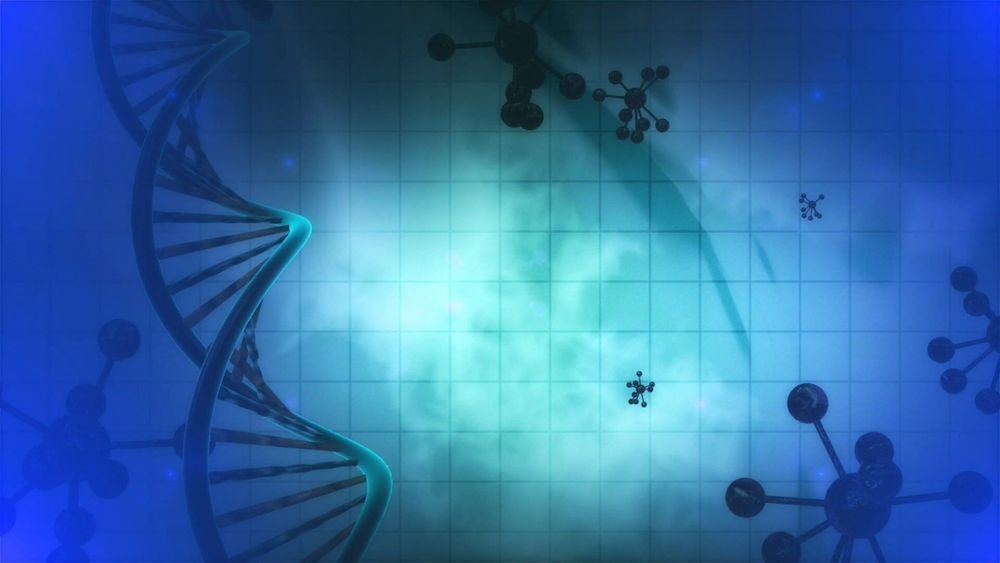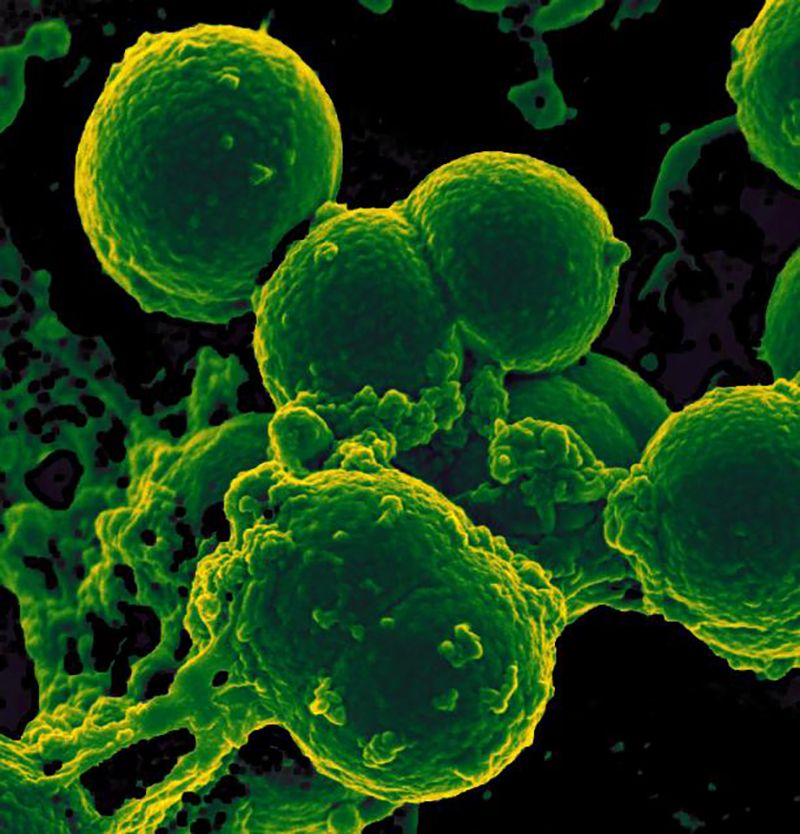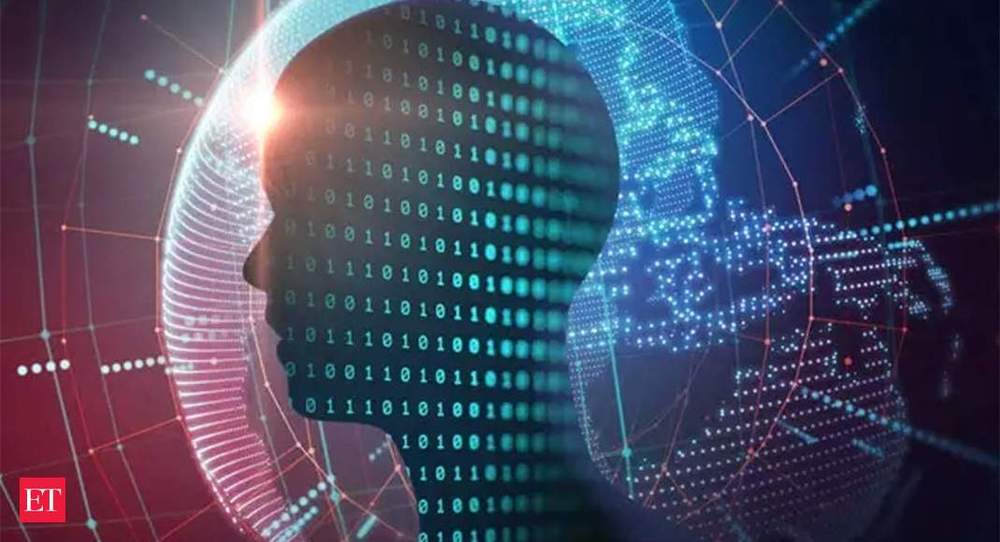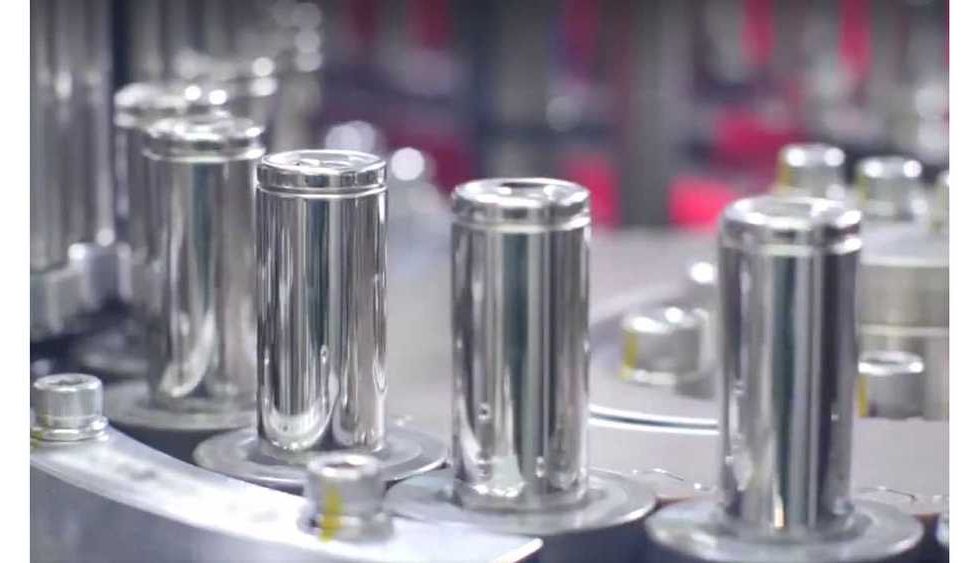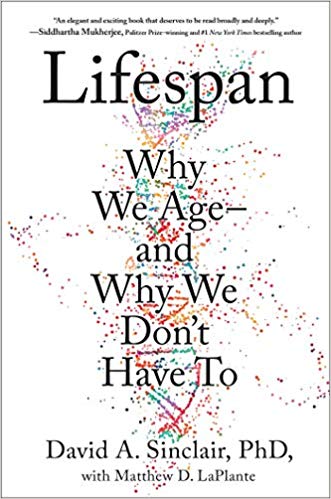In the version of evolutionary theory most of us are familiar with, randomly occurring variation in traits, caused by mutations in our DNA, can be fixed in a population through natural selection. However, writing in Epigenetics journal, a team of Swedish researchers from Linköping University suggests that mutations that can be caused by environmental changes, not just random chance, might be responsible for species diversity.
Until quite recently, it was assumed that DNA mutations causing new gene variations occurred more or less randomly. While random mutations do occur, recent research has shown that genes can be altered by environmental influences too. According to a study published in Epigenetics journal, a particular type of mutation, linked to epigenetic changes, has, over time, led to new animal breeds—and could be responsible for whole new species.
